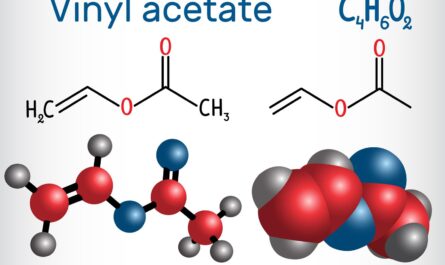Spatial Omics: Revolutionizing our Understanding of Biology
Spatial Omics is one of the most promising new fields in biological research that enables the mapping of molecular information across tissue samples at an unprecedented resolution. The ability to study molecular characteristics like gene expression, protein levels or metabolites at a cellular or subcellular level within intact biological samples is revolutionizing our understanding of complex biological systems.
Mapping Gene Expression with Spatial Resolution
Single cell sequencing technologies like scRNA-seq have allowed researchers to profile gene expression across thousands or millions of individual cells separated from tissue samples. However, this disrupts the intricate spatial organization of cells within tissue. Spatial transcriptomics techniques enable mapping gene expression directly from intact tissue samples, retaining important spatial context.
Two approaches have emerged as major techniques for spatial gene expression mapping – in situ sequencing and sample barcoding. In situ sequencing directly sequences mRNAs within intact tissue sections, generating sequencing read location tags to compute where each transcript originated from. Sample barcoding microdissects tissue into smaller units and assigns a unique molecular identifier to transcripts from each unit before deep sequencing, allowing mapping of gene expression to specific regions.
Both approaches have fueled groundbreaking insights by painting spatially resolved gene expression maps of many tissues. Studies have mapped gene expression gradients and zoning in developing organs, traced the spread of viral infection in the brain, identified niche factors that govern stem cell location and behavior and more. By retaining the intricate architecture of tissues, spatial transcriptomics promises to reveal many new biological secrets in health and disease.
Mapping Proteins with High Resolution Imaging Mass Spectrometry
While gene expression maps provide insight into tissue function, direct visualization of protein levels and modifications is crucial to understanding cell signaling, metabolism and disease mechanisms. Imaging mass spectrometry uses a mass spectrometer coupled to a microscope to map molecular signatures directly from tissue sections with cellular resolution.
When combined with advanced MS technologies like MALDI, this allows simultaneous detection and mapping of dozens to hundreds of proteins, post-translational modifications and lipids from a single tissue section. Innovations like NanoSIMS enable probing stable isotope labeled samples with 50nm resolution. Studies have mapped protein abundance changes in disease, traced protein trafficking in neurons and identified novel tumor subtypes based on protein signatures.
An exciting development is multi-omics imaging that combines protein mapping with transcriptomic or epigenomic maps from the same tissue region. This enables studying gene-protein relationships and cross-talk between different layers of OMICS information in situ. As technologies improve resolution and throughput, imaging mass spectrometry promises to revolutionize disease classification and precision medicine approaches based on spatially resolved molecular signatures within tissues.
Mapping Metabolites with High Resolution Imaging
Metabolites act as critical signalling molecules, fuels and end products in cells and tissues. Mapping metabolite changes is crucial to understanding metabolic pathways in health, disease progression or drug responses. Imaging mass spectrometry enables detection and spatial mapping of hundreds of metabolites directly from tissue sections or even single cells.
Studies have identified metastasis-favourable metabolic reprogramming in tumors, traced neurotransmitter alterations in neurodegenerative diseases and mapped metabolic zonation in liver lobules and kidneys. Advances like NanoSIMS enable probing stable isotope labelled metabolites with 50nm resolution to quantitatively track metabolic pathways. Combining these with other omics maps through multi-omic imaging offers a powerful approach to understand spatial regulation of cell metabolism and interaction between metabolites, genes and proteins in situ.
Exciting Applications in Neuroscience and Immunology
Two fields primed to benefit tremendously from spatial omics are neuroscience and immunology due to the high complexity of cell-cell interactions. In neuroscience, studies have mapped gene expression patterns defining hundreds of cell types in the brain, identified gradients that guide neuronal wiring during development and traced pathology spread in brain diseases.
In immunology, spatial mapping of immune cell composition, activation states and molecular signatures within intact secondary lymphoid organs or inflamed tissues is revealing new insights into immune cell fate decisions, compartmentalization and disease pathogenesis. Exciting opportunities also exist to characterize spatial organization of the gut microbiome through multi-omic mapping of bacteria, bacterial molecules and host responses within intestinal tissues.
The high-resolution molecular wiring diagrams being generated through spatial omics hold immense potential to revolutionize our understanding of biology across scales – from cell-cell communication to organ physiology and disease. Combining multiple omics layers will generate rich multi-dimensional maps offering a powerful systems-level view of biology that was virtually impossible before. Exciting times lie ahead as these technologies continue advancing resolution, throughput and our ability to interrogate increasingly complex biological systems with spatial context.
Note:
1. Source: Coherent Market Insights, Public sources, Desk research
2. We have leveraged AI tools to mine information and compile it




